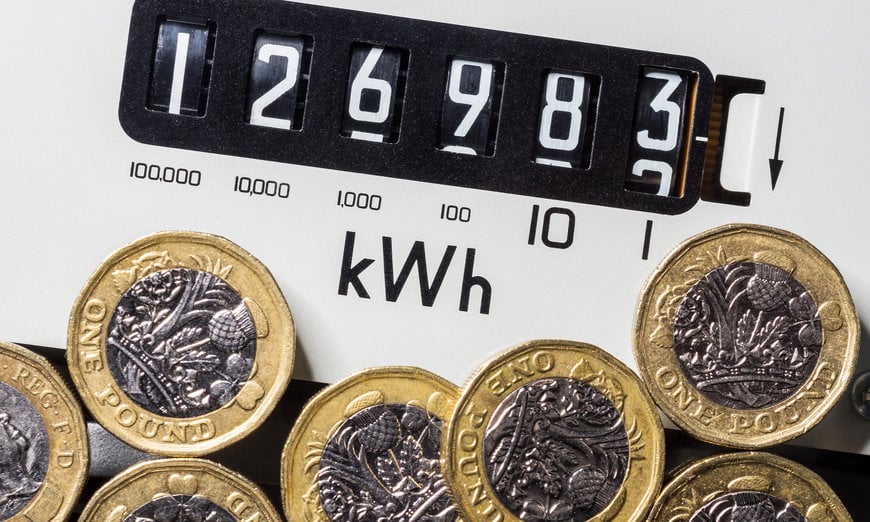www.ptreview.co.uk
04
'22
Written on Modified on
EDMS and its role in the current climate
Managing the energy crisis in UK manufacturing.

The UK’s energy price cap has increased by a colossal 54 per cent this month, rising from £1,227 to £1,971 per year. While domestic rates are being kept below the threshold, albeit still gut-wrenchingly expensive, business rates are not covered by the cap, meaning there are wild variations in costs for business energy. Martyn Williams, managing director of industrial software supplier COPA-DATA, gives his advice for curbing the rising energy costs in industry.
Wholesale energy costs are now at record high levels. No extent of shopping around for a better rate can avoid the reality that energy will cost you more, regardless of your supplier. In industry, energy costs have always been a substantial but essential expense particularly for facilities that operate with a vast array of equipment.
The legacy dilemma
Many industrial facilities still operate on legacy machinery. If not most of the equipment on site, at least some will have been in operation for several years or decades and are likely to have poor energy credentials. Unfortunately, much like the consumers now wistfully regretting their decision not to invest in solar panels, most manufacturers simply don’t have the capital expenditure to invest in more efficient machinery.
Unfortunately, one of the most common barriers to efficiency has been competition from other revenue-generating projects for funds. However, the current cost of energy is now at a level that cannot be ignored should businesses want to maintain their profits and, in some cases, stay afloat.
For facilities with energy intensive equipment, there are ways to improve efficiency by installing complementary automation, such as variable speed drives (VSDs) or soft starters to manage the energy output of motors, replacing oversized motors and pumps, and running pumps at their efficiency speeds. However, these efforts can be misplaced if manufacturers do not have a full overview of where energy is being consumed.
Capturing energy data
The backbone of good energy management is the collection and analysis of energy data. Manufacturers need clear insight on how much energy is being used, where and what for. While many manufacturers believe they do have some kind of energy data management system (EDMS) in place, these are often relatively basic. In fact, some are only as sophisticated as a domestic smart meter and are inadequate for an industrial facility.
Ideally, manufacturers need an EDMS that can collect data from equipment of any age or manufacturer. Legacy equipment often is not Internet of Things (IoT) compatible, so it is advisable to opt for an EDMS that can communicate across a range of protocols. This can ensure it will connect with the programmable logic controller (PLC) in question. Often, you will not yield as much data from legacy machinery as native IoT-enabled equipment, but they can provide enough insight to identify key pain points.
Actioning energy analysis
A common drawback of many energy management initiatives is actioning consumption data. There’s so much data that managers often don’t know where to begin, particularly if data analysis and modification have to be done manually. To reap the benefits of an EDMS investment, it’s best to look for a platform that can offer visualisation of energy usage data in a single location.
For instance, a dashboard that shows the performance of all equipment within a facility, allowing manufacturers to identify any aspects of the plant that are not efficient. Let’s say a plant manager spots a conveyor operating for several hours per week when it is not needed a simple modification of switching this machine off periodically could yield a decent energy saving. Likewise, the system could also spot opportunities for significant energy savings, such as an under loaded motor that needs replacing or a fault in the HVAC system.
COPA-DATA’s zenon, which functions as an EDMS, can also provide alerts for any deviations in energy usage. For manufacturers with many industrial assets, this can identify energy flow issues before they cause spikes in consumption and cost.
The current energy crisis is daunting for consumers and business owners alike. While industry will not be supported by Ofgem’s price cap and there is no sign of support from the Chancellor for businesses in this area, manufacturers must take energy management into their own hands and invest in technology to support energy initiatives.
www.copadata.com

